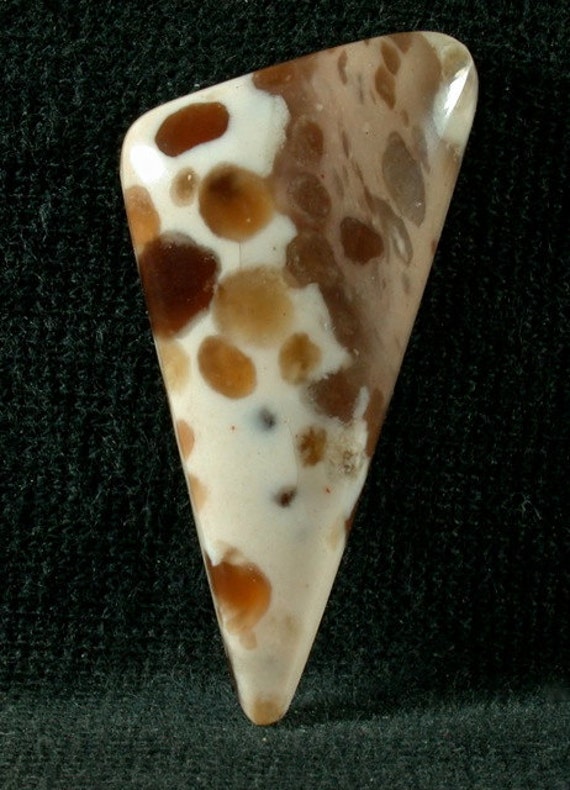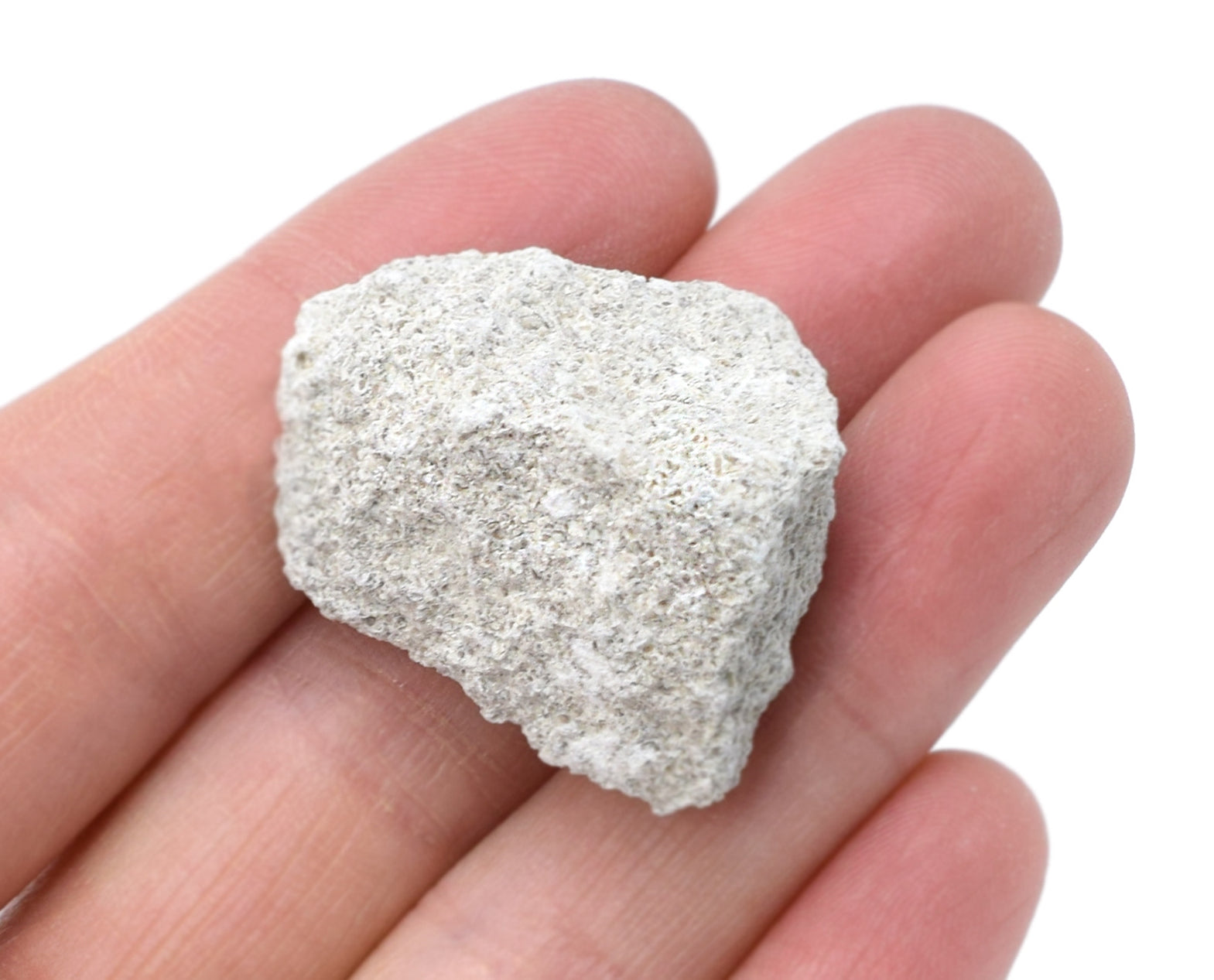
Folsom also designed the Manti Tabernacle built of oolite stone, but the Manti Temple was his crowning achievement. The completed building appears more like a great mansion than a conventional church or cathedral.

Folsom rejected the traditional American religious architecture of spires and cupolas.
#Limestone oolite windows
The two towers were designed in French Second Empire style with mansard roofs and dormer windows all related in a harmonious manner. The temple walls, with buttresses and crenellations, resemble a medieval fortress. The beautiful building is the result of the work of William Harrison Folsom, the architect for the temple, and Edward L. The temple is luminous, and under a combination of light from the setting sun and floodlight illumination, appears to float in the sky in the evening light when viewed from many miles away. The most spectacular structure in Manti, the Manti LDS Temple, was constructed of oolite limestone from 1877 to1888. The vertical timber stands today in the Ephraim quarry and the decayed remains of the inclined timber can still be seen. Various hand tools are held by other workers or scattered about including shovels, lever bars, picks, etc. The chain tongs holds the stone suspended from the derrick as it is swung into place over the wagon. Two men at the vertical timber operate the winch for hoisting the stone. The worker near the wagon holds the derrick tail rope to position the crane over the wagon being loaded. Once the rock was clear of the ground surface, the inclined timber could be swung horizontally to a desired location, and the rock lifted vertically so that it could be placed on a wagon or railroad car. As the chain was lifted by operation of the winch, the two hooks were pulled together to hold the block of rock securely. The lifting tongs, a scissor-like apparatus with a chain looped through the two handles and both ends, were attached to the block and tackle. The winch, with a set of gears, was operated by hand. A block-and-tackle assembly at the end of the inclined timber passed through pulleys from the end of the inclined timber to the top of the vertical timber and then to a winch. An inclined timber attached to the base of the vertical timber was hinged so that its distal end could move both hor izontally and vertically. The stout pole der r ick consisted of a heavy vertical timber held in place by guy ropes. Parry, in a dark suit, and the quarry foreman in a vest stand next to stone newly broken loose and moved into position for lifting by the derrick. The man at the far left foreground stands on the upper limestone surface where feather and wedges were to be used to break the stone free. The overburden waste of shale and thin-bedded limestone has been removed with the help of the man at the far right and his wheelbarrow. In the photograph taken about 1901, six quarry men and a dog are shown in the foreground of the working Ephraim quarry. Once broken loose from the quarry working face, the quarried stones were moved on to rollers then loaded onto horse-drawn wagons using a derrick. 7 Erosion by westward flowing streams removed much of the Green River Formation from the Wasatch Plateau and exposed the Green River Formation at the base of the plateau. 6 The underlying Flagstaff Limestone is also tilted upward to the east, and makes up much of the upper surface of the Wasatch Plateau. 5 The minimum age of the monocline is thirty-eight million years. The west side of the valley dropped downward forming the valley and tilting the sedimentary layers upward to the east on what is known as the Wasatch Monocline, which extends seventy miles from Milburn to Salina. Sanpete Valley formed as a result of faulting on the Valley Fault on the west side of the valley. 4 Exposure of the stone at the surface made quarrying Sanpete oolite stone for construction mater ial an attractive endeavor. The limestone contains small amounts of iron and aluminum oxides that contribute to the pleasing color of the quarried stone. The carbonate minerals are relatively soft and easily carved. Composition includes both calcium and magnesium carbonate.

They are either hollow or partially filled with granular material cemented by medium gray silica and calcite. Oolites 1.5 to 2 millimeters in diameter are the most striking textural feature. The properties of the stone reflect its texture, mineralogy, and chemical composition.


 0 kommentar(er)
0 kommentar(er)
